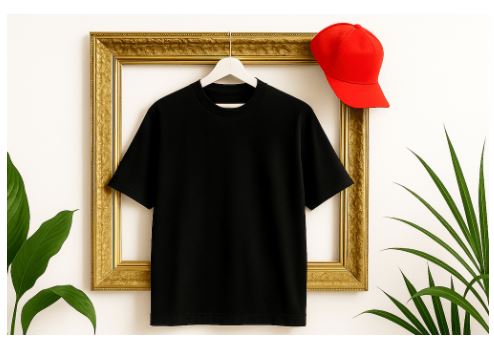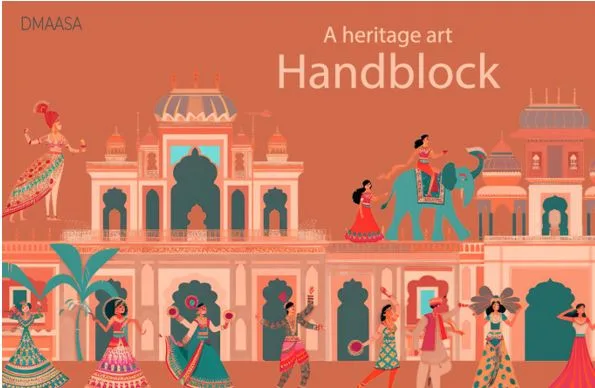Top Places to Find Cheap and Reliable OEM/ODM Clothing Suppliers Beyond China
Why are top-performing Amazon sellers and Shopify-born fashion brands ditching China? The “China +1” shift isn’t just a trend—it’s a survival move reshaping the global apparel industry, with South and Southeast Asia emerging as the new frontier. This shift catalyzed the growth of startup clothing manufacturing ecosystems in the region, tailored for the fast fashion era, serving local and overseas OEM/ODM markets.
How Global Brands Work with Local Factories
Top global apparel brands—including Zara, Gap, H&M, Nike, and Adidas—contract local factories and suppliers instead of investing in owned infrastructure, catalyzing the formation of manufacturing ecosystems that provide custom OEM/ODM services to smaller fashion brands, private label entrepreneurs, and even dropshipping ventures. From Vietnam to Bangladesh, this guide shows how to identify and vet clothing manufacturers offering OEM/ODM dropshipping services. A must-read for fashion startups and dropshipping entrepreneurs on Amazon, Shopify, and other e-commerce platforms.
Country-by-Country Overview
Think Vietnam Is a Cheap China Alternative? Not Without a Local Partner, Say Industry Insiders
Vietnam is global brands’ favorite alternative to China, with many companies like Adidas and Nike choosing to operate here because of its developed manufacturing ecosystem with modern machinery, good logistic infrastructure, manufacturing-focused economy, labor costs that are 50–60% lower than China’s, and strong FTAs (EVFTA, CPTPP). Clothing factories in Vietnam offer low MOQs and an efficient average production time of 3–6 weeks + shipping by sea for orders under 1000 units, making Vietnam one of the best non-China apparel sourcing hubs.
The surge in demand for manufacturing in Vietnam has led to resource shortages in some factories. Clothing manufacturing often requires coordination between multiple Vietnamese factories due to the segmented production model. Hiring a local partner isn’t optional—it’s the secret weapon every smart brand uses to avoid disaster in Vietnamese factories.
Why Communication Is King in Apparel Manufacturing—and Why India Has Already Won
India offers even cheaper labor costs (~$145–180) compared to Vietnam and especially China, with Glassdoor listings showing monthly pay for textile workers ranging from $160 to over $300. The country has significantly better communication and English language skills than Vietnam, making India a preferred choice for clients looking for OEM/ODM clothing suppliers, private label clothing manufacturers, and custom clothing factories serving Western clients. India has fewer FTAs than Vietnam, mostly bilateral agreements, making Indian apparel exports more vulnerable to volatility in the face of shifting trade policies by individual partner nations, potentially inflating tariff burdens unpredictably.
Bangladesh’s OEM Revolution That’s Fueling Global Fashion Giants
Bangladesh offers one of the most competitively priced garment production landscapes for OEM/ODM clothing products because of the macro-economic strategies prioritizing export volume over domestic wage growth, with the lowest average monthly salaries in the industry (~$92–111) compared to other countries in this list. Brands such as Hugo Boss, H&M, Zara, Uniqlo, Calvin Klein and Primark operate through third-party garment manufacturers and exporters in key manufacturing zones of Bangladesh such as Dhaka, Chittagong and Gazipur. By capitalizing on SAFTA and GSP incentives, the country not only reduces trade frictions but also attracts small-to-medium fashion enterprises seeking tariff-reduced entry points into Western markets.
Inside the Manufacturing Goldmines of Pakistan, Nepal, and Cambodia
Pakistan is strong in cotton, denim, towels, sportswear, and knitwear manufacturing, with average monthly wages of approximately $120–150. Other countries include Nepal, which specializes in handloom fabrics, hemp clothing, and artisanal garments—with the lowest average monthly wages in the industry (~$90–120), and Cambodia, which focuses on basic knits, t-shirts, polos, and cut-make-trim (CMT) operations, offering wages of approximately $100–130/month.
How to Find Verified OEM/ODM Clothing Suppliers
Knowing where to manufacture is strategic—knowing how to decode which factory behind the curtain is worth your trust, investment, and brand equity is survival. Finding the right clothing supplier isn’t just hard—it’s a full-time job. Amazon and Shopify sellers are ditching China and doubling profits. Here’s how to tap into a global network of OEM/ODM clothing suppliers outside of China that actually want to work with you:
1. Try Direct Outreach via LinkedIn, Instagram, and Facebook Groups
Some factories showcase their work on social media channels. It’s worth giving it a try to connect with them there. Social media channels can offer insight into a supplier’s expertise and their ability to support OEM/ODM partnerships with your clothing brand. Look out for awards, certifications, or information about previous clients—they’re credibility signals.
2. Find Manufacturers with Websites in English
Some factories have English-language websites that can be found through Google search. However, be aware that in countries like Vietnam, many of the best OEM/ODM suppliers maintain no online presence at all.
3. Hire Local Sourcing Agents (e.g., Vietnamia)
Still, Google is not always the most effective tool for finding suppliers in Vietnam and other markets. Local sourcing platforms like Vietnamia often outperform it by delivering more targeted results that might never appear on page one of Google.
4. Visit Local Trade Shows and Exhibitions
For example, SECC exhibitions in Vietnam host daily sourcing exhibitions that attract trusted textile and garment manufacturers. Similarly, India’s Bharat Tex in New Delhi and Garment Technology Expo offer direct access to OEM/ODM suppliers and textile innovators. In Bangladesh, the Dhaka International Textile and Garment Machinery Exhibition (DTG) attracts thousands of garment manufacturers and machinery suppliers. Pakistan’s TEXPO and Nepal’s Made in Nepal Expo showcase handicraft manufacturers and niche textile workshops.
Final Verdict
The OEM/ODM apparel manufacturing market outside of China is no longer a hidden gem. Suppliers in Vietnam, India, Bangladesh, and Pakistan now offer reliable options for fashion startups. Supply chain diversification can help your business reduce all the risks related to geopolitical instability, unless you’re ready to gamble your entire supply chain on one country’s political drama. So, unless you enjoy writing apology emails and issuing refunds on products stuck halfway around the globe, adding at least one more country to the manufacturing portfolio of your fashion brand creates a foundation for long-term operational security and stakeholder confidence.







